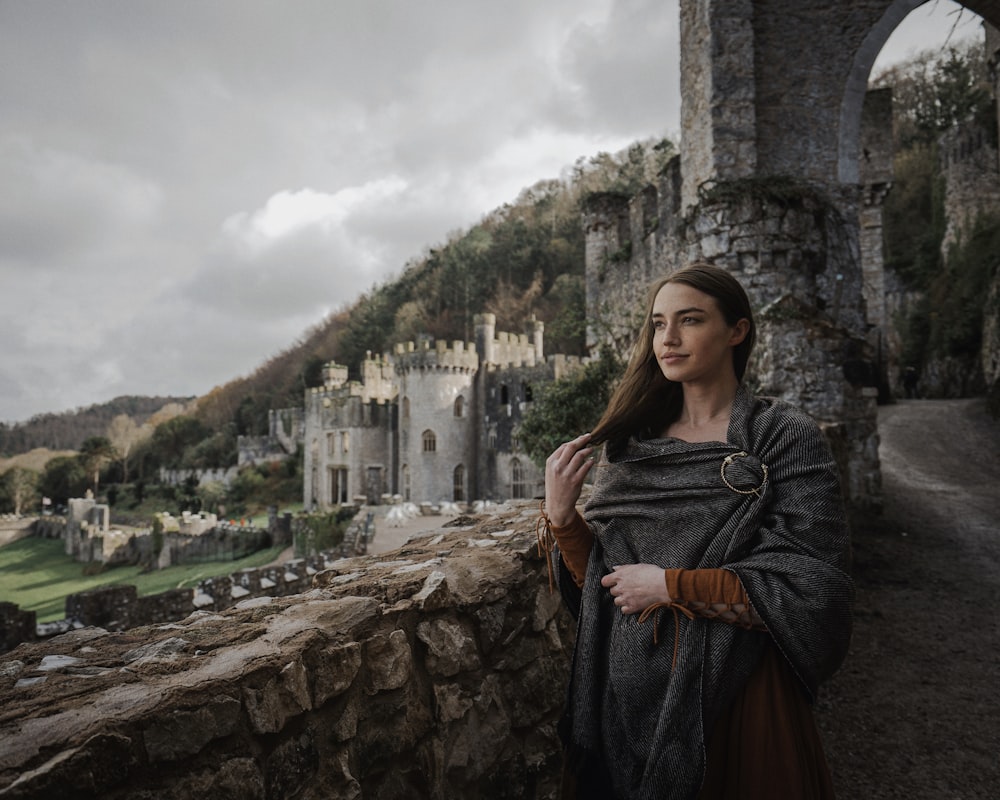Unveiling the Splendor of Renaissance Architecture
A Renaissance Renaissance: A Historical Overview
The Renaissance period, spanning from the 14th to the 17th century, marked a significant cultural and artistic revival in Europe. Emerging from the Middle Ages, this era witnessed a renewed interest in classical antiquity and a flourishing of creativity across various domains, including art, literature, science, and architecture. At the heart of this cultural rebirth was a newfound appreciation for humanism and a desire to celebrate the achievements of the past. In the realm of architecture, the Renaissance brought about a transformative shift in design principles, leading to the creation of some of the most iconic buildings in history.
Symmetry and Harmony: Architectural Principles
One of the defining characteristics of Renaissance architecture is its emphasis on symmetry, proportion, and harmony. Architects drew inspiration from the classical architecture of ancient Greece and Rome, seeking to emulate the principles of balance and order found in classical buildings. This quest for architectural perfection resulted in buildings characterized by balanced proportions, graceful symmetry, and a sense of harmonious unity. From the majestic facades of cathedrals to the elegant palaces of nobility, Renaissance architecture exudes a timeless sense of beauty and grace.
Classical Influences: Reviving Antiquity
Central to the Renaissance architectural revival was a renewed interest in the architectural forms and motifs of classical antiquity. Architects studied and emulated the works of ancient masters, incorporating elements such as columns, arches, and domes into their designs. This revival of classical forms was not merely a stylistic choice but also a philosophical statement, reflecting a belief in the enduring relevance of classical ideals. By reviving the architectural language of antiquity, Renaissance architects sought to connect their buildings to a broader cultural heritage, imbuing them with a sense of timelessness and universality.
Urban Renaissance: Shaping Cityscapes
The Renaissance era witnessed a profound transformation in urban planning and design, as cities across Europe underwent rapid expansion and development. Architects and urban planners sought to create livable and aesthetically pleasing urban environments, inspired by the principles of humanism and civic pride. This led to the creation of grand piazzas, elegant boulevards, and monumental civic buildings that served as symbols of civic identity and communal pride. From the redesign of Florence’s historic center to the creation of Rome’s iconic piazzas, the Renaissance left an indelible mark on the urban landscapes of Europe.
Innovations in Building Technology
The Renaissance era also saw significant advancements in building technology and construction techniques. Architects experimented with new materials such as brick, stone, and marble, harnessing their structural properties to create larger and more ambitious buildings. Innovations such as the use of the dome and the development of new construction methods allowed for the creation of awe-inspiring structures that pushed the boundaries of architectural possibility. From the soaring dome of the Florence Cathedral to the intricate vaulting of the Doge’s Palace in Venice, Renaissance architects demonstrated a mastery of both form and function.
Legacy of Beauty: The Enduring Influence of Renaissance Architecture
The legacy of Renaissance architecture continues to inspire architects, designers, and enthusiasts around the world. From the graceful arcades of Renaissance palaces to the majestic domes of Renaissance churches, the elegance and sophistication of Renaissance design remain unparalleled. Beyond its aesthetic appeal, Renaissance architecture also embodies the spirit of humanism, celebrating the creative potential of the individual and the collective achievements of society. As we continue to explore and appreciate the elegance of Renaissance architecture, we are reminded of its enduring significance and timeless beauty. Read more about renaissance style

